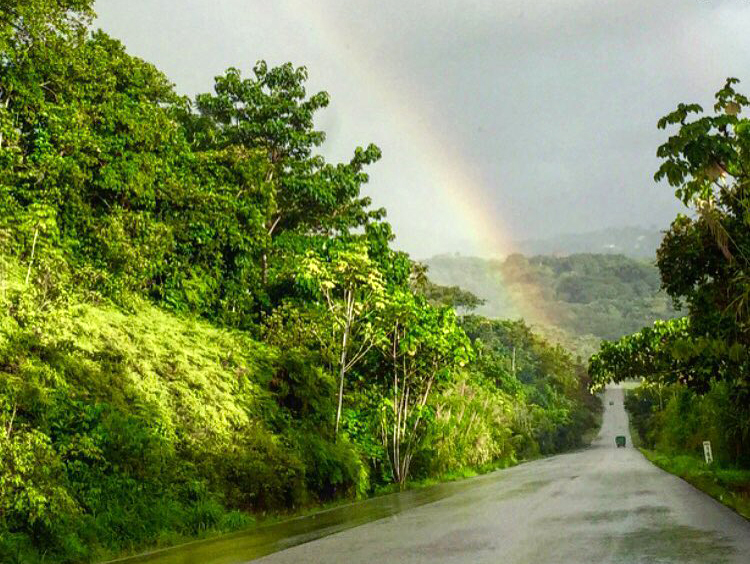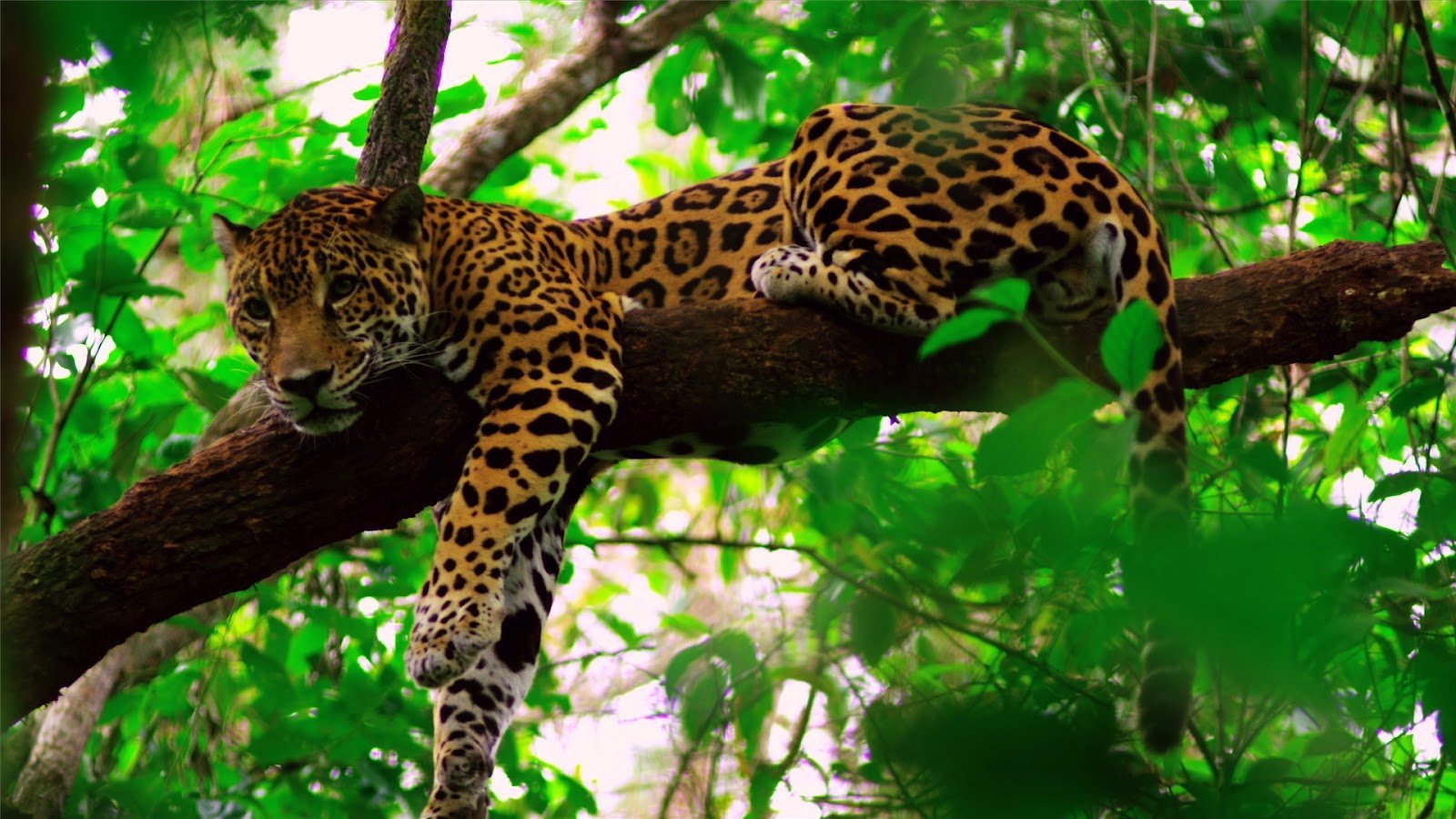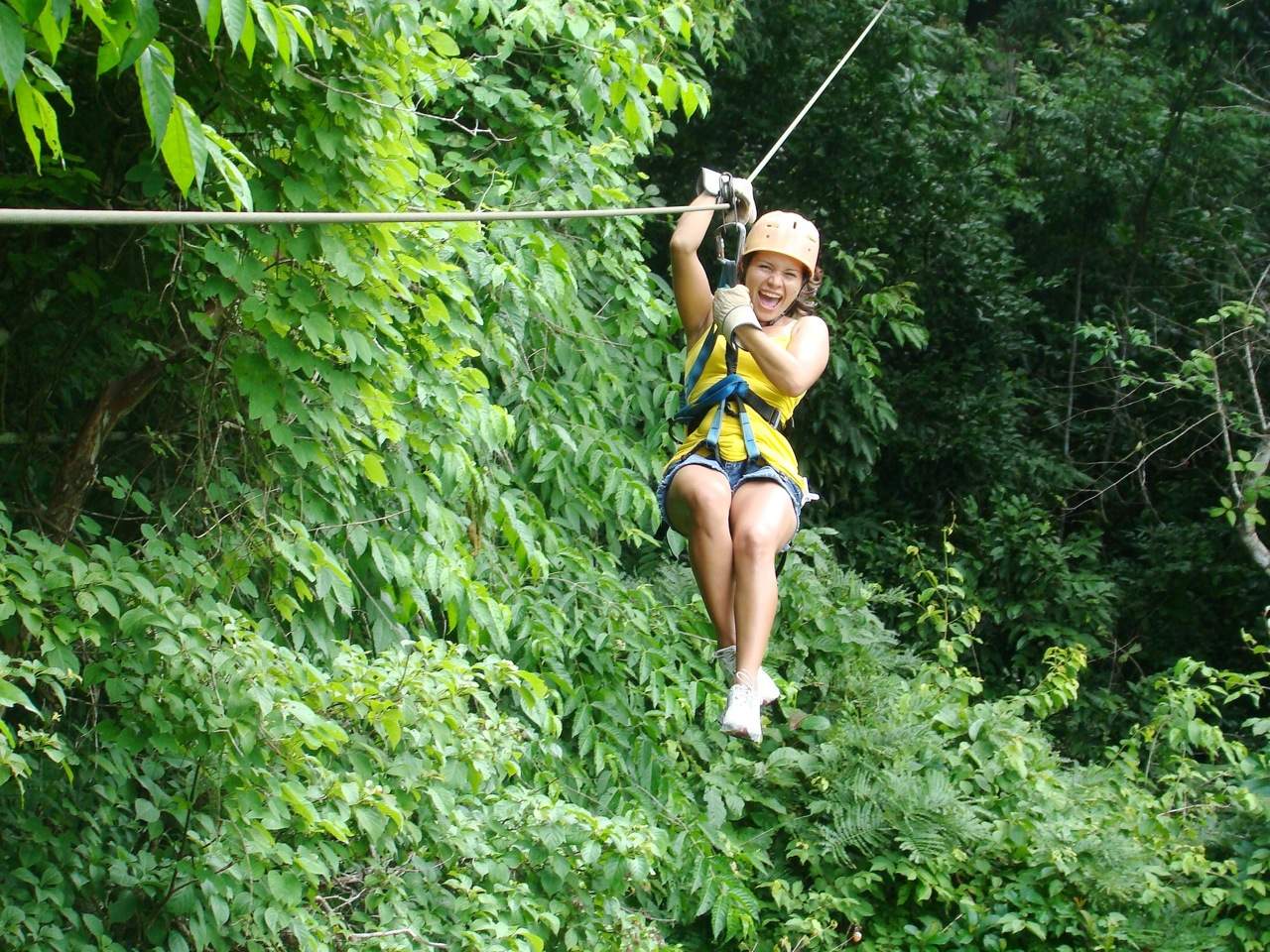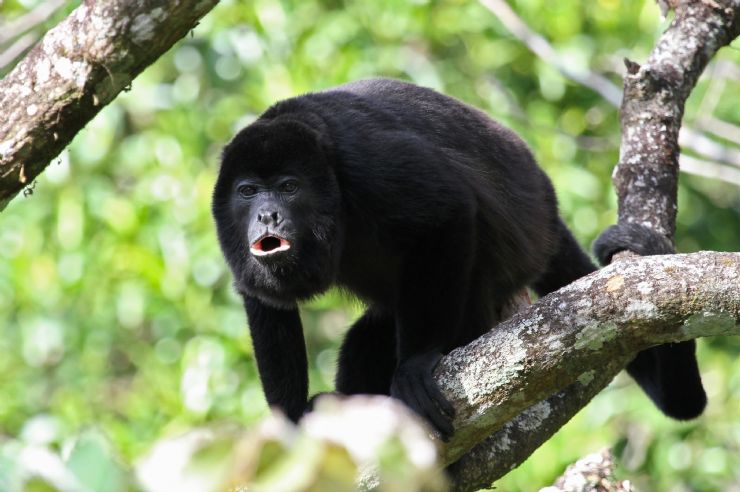The Rainy Season… Our Favorite Time Of The Year
March 29, 2017
Properties in Costa Rica
“How much does it rain in Costa Rica?”
This is a common question from my property clients, and it’s a good one. Nobody wants to invest in a piece of Costa Rican real estate if it’s going to be cloudy and rainy week after week. So, in this article I will explain the nuances of the rainy season, its regional rainfall differences, and its positive effect on our living experience.
Why The Rain Is Glorious
Most tourist and investors travel to the Pacific Coast of Costa Rica in the summer (meaning December-April). Whether your motivation is to beat the cold and snow of North America and Europe or it’s simply a convenient time to travel, the Costa Rican summer is b-u-s-y. What you typically experience during those months is sunshine… and lots of it. By March, most areas, even in the southern Pacific zone are dried out. This includes the hillsides and waterways (think- rivers, creeks, waterfalls, etc.). Summer in the tropics is hot, which works out fine if that’s what you are looking for.
I’ve lived in Costa Rica for 10 years now, and without question, the rainy season is my favorite time of the year. This comes as a surprise to many people, and I’ve figured out the reason. The rain in North America and Europe ranges from cold to downright miserable. In the tropics, the rain is much warmer and often refreshing. In fact, the rain serves a variety of purposes that most people do not consider:
- Temperature— it is hot in the tropics, and the rain decrease temps by at least 10 degrees
- Dust— as the roads dry out and experience heavy use, the dust increases. The rain helps to keep the dust down and improve overall air-quality. This comes in handy if you’re walking or biking places.
- Growth— the rainy season is also known as the “Green Season” because the plants and animals love it. For example, the southern Pacific zone bursts into an impressive spectrum of greens and floral colors.
- People— there are fewer people in the rainy season. This means easier to travel, to find accommodations, and most importantly… to find a quiet spot and r-e-l-a-x.
One misconception relating to the rain is that it “rains all day”. Mornings are characterized by sunshine and blue skies with bright white clouds on the coastal mountains. Around 1-2pm, the rain clouds pass over and it pours. The drops are BIG, and it’s quite the experience. Now, if you wake up to rain, do not worry. The vast majority of time the sun will come out in the afternoon.
There is a break in the June/July timeframe when we experience El Veranillo de San Juan (The Little Summer of San Juan). These sunny breaks vary from a few days to a couple of weeks, and they are very enjoyable… especially when you know there is more rain on the way.
Rain By Region
The annual rainfall on the Pacific Coast of Costa Rica varies depending on the region:
- Guanacaste (Tamarindo, Flamingo)— 40-60”/year, heaviest in Sept./Oct. The rain often doesn’t restart until May, and February-April can be very dry will the hillsides dominated by brown grass.
- Nicoya (Nosara, Samara)— 60-80”/year and very similar to Guanacaste to the north.
- Costa Ballena/Osa (Manuel Antonio, Dominical, Uvita)— approx. 120-160”, the majority of it coming in May-November with that sunny break in “little summer”. With twice as much annual rainfall than the regions to the north, the flora and fauna are noticeably thicker and greener.
Abundant rain means full aquifers, springs and waterways. It inspires the jungle and all its trees, plants, and wildlife to grow. It cools down the tropic temperatures. It reduces the dust from the dirt roads, thus improving the air quality. It is beneficial in so many ways.
Conclusion
From a business (tourism, rentals, real estate) point of view, the peak season is in the summer. If you are considering investing in a vacation rental, the summer is the time you will make the majority of your income (higher rates and occupancy). But, the trend we see is more and more people are visiting Costa Rica in the rainy season. This is especially the case for those interested in relocating to Costa Rica. These clients want to see what it’s like in October, a month with heavy rain, ample sunshine, abundant colors, and minimal people. Ask any Tico or expat living in Costa Rica what their favorite time of the year is, and they will invariably say, “The rainy season.”
Pura vida.




